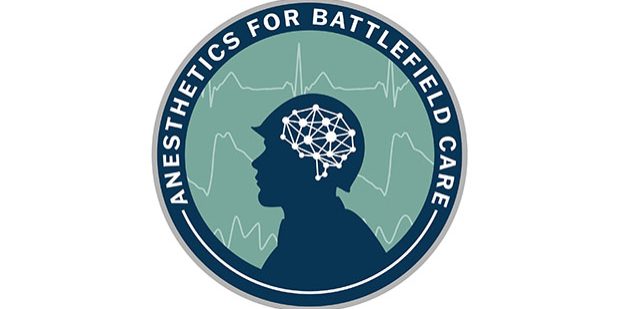Combat anesthesia hasn’t significantly changed since the U.S. Civil War – it can be agonizing, traumatizing, and burdensome for the injured as well as those caring for them. This is due to the fact that no anesthetic compound or cocktail can be used safely outside of a hospital facility. Every anesthetic currently in use has at least one property that renders it problematic on the battlefield, or in the absence of strict vital-sign monitoring, physiological maintenance and intervention by medical professionals. While the Warfighter has access to pain medication, currently there is no option for general anesthesia or sedation that is safe enough to allow for life-saving interventions at the point of injury on the battlefield.
DARPA’s new Anesthetics for Battlefield Care (ABC) program is a fundamental research effort that seeks to produce safe, battlefield-ready anesthetics to reduce the trauma associated with injury and improve combat casualty outcomes. A successful candidate drug would be easy to administer, fast acting, and effective without the need for extensive monitoring and life-support equipment or highly trained medical expertise in a traditional hospital setting. The effort aims to develop an anesthetic with a vastly improved safety profile and the combined properties of anesthetic cocktails, such as calming, loss of sensation, loss of consciousness, and reduced movement. The program also envisions an anesthetic that general forces could administer to casualties with traumatic injuries on the battlefield, even without specialized training.


